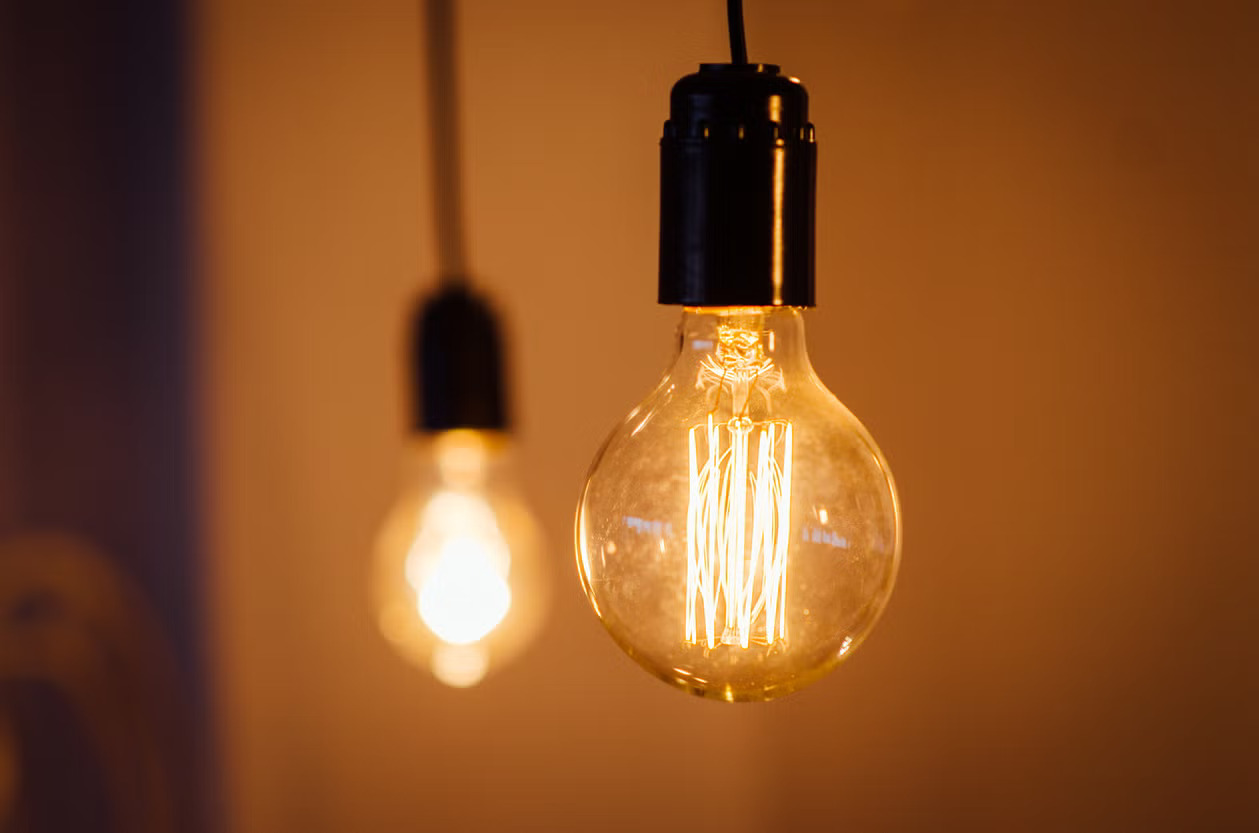

Articles
How Long Does A Halogen Bulb Last
Modified: December 7, 2023
Discover how long a halogen bulb lasts in our informative articles. Find out the lifespan, benefits, and replacement tips for halogen lighting.
(Many of the links in this article redirect to a specific reviewed product. Your purchase of these products through affiliate links helps to generate commission for Storables.com, at no extra cost. Learn more)
Introduction
When it comes to lighting our homes or workplaces, we often rely on different types of bulbs to provide us with the right amount of illumination. One popular choice is the halogen bulb, known for its bright and crisp light. However, like any other lighting source, halogen bulbs have a limited lifespan.
In this article, we will delve into the world of halogen bulbs and explore their average lifespan. We will also discuss the factors that affect their longevity and provide tips on how to extend their lifespan. By understanding the lifespan of halogen bulbs and how to take care of them, you can ensure that your lighting needs are met efficiently.
So, let’s shed some light on the subject and discover how long a halogen bulb typically lasts.
Key Takeaways:
- Halogen bulbs typically last 2,000 to 4,000 hours, but factors like usage, voltage fluctuations, and handling can affect lifespan. Regular maintenance and monitoring are crucial for optimal lighting conditions.
- Signs of a failing halogen bulb include dimming, yellowing, flickering, burnout, and excessive heat. Following best practices like proper handling, installation, and monitoring voltage levels can extend bulb lifespan.
Read more: How Long Does An LED Bulb Last
What is a Halogen Bulb?
A halogen bulb is a type of incandescent bulb that uses halogen gas to increase its efficiency and prolong its lifespan. It operates on the same principle as a traditional incandescent bulb, where an electric current passes through a filament, causing it to emit light. However, halogen bulbs have a few distinct features that set them apart.
One key feature of halogen bulbs is the use of halogen gas, usually iodine or bromine, inside the bulb’s envelope. This gas reacts with the tungsten filament, preventing it from evaporating as quickly as it would in a standard incandescent bulb. As a result, halogen bulbs have a longer lifespan compared to traditional incandescent bulbs.
In addition to their increased lifespan, halogen bulbs also offer other benefits. They produce a bright and crisp light, making them ideal for a variety of applications, including task lighting, accent lighting, and automotive headlights. Halogen bulbs also have a higher color rendering index (CRI) compared to other types of bulbs, meaning they provide better color accuracy and clarity.
Furthermore, halogen bulbs are known for their instant illumination. Unlike some energy-efficient bulbs that may take a few seconds to reach their full brightness, halogen bulbs provide immediate light as soon as they are switched on.
It is worth noting that halogen bulbs contain a small amount of mercury, making them unsuitable for household waste disposal. It is important to properly recycle or dispose of halogen bulbs according to local regulations to minimize their environmental impact.
Overall, halogen bulbs are a popular choice for many lighting applications due to their efficiency, brightness, and extended lifespan. Understanding their unique characteristics and how they work sets the foundation for exploring their average lifespan.
Factors Affecting the Lifespan of a Halogen Bulb
Several factors play a role in determining the lifespan of a halogen bulb. By understanding these factors, you can take measures to maximize the longevity of your bulbs and get the most out of them. Here are the key factors that affect the lifespan of a halogen bulb:
- Usage Hours: The number of hours a halogen bulb is used is a significant factor in its lifespan. Generally, the more you use the bulb, the shorter its overall lifespan will be. Halogen bulbs are often rated for a certain number of hours, typically ranging from 2,000 to 4,000 hours.
- Voltage Fluctuations: Halogen bulbs are sensitive to voltage fluctuations. If the voltage supplied is higher than the bulb’s specified rating, it can lead to accelerated filament evaporation and shortened lifespan. Similarly, lower voltages can result in reduced brightness and a longer lifespan.
- Handling and Installation: Proper handling and installation are crucial to ensure the longevity of halogen bulbs. The bulbs should be handled with care, avoiding direct contact with bare hands, as oils from the skin can cause damage to the bulb’s surface. Additionally, incorrect installation, such as improper seating or loose connections, can lead to premature burnout.
- Operating Environment: The operating environment can have a significant impact on the lifespan of a halogen bulb. Factors such as temperature, humidity, and presence of dust or debris can affect the bulb’s performance. Halogen bulbs are sensitive to high temperatures, and prolonged exposure can cause the filament to deteriorate more quickly.
- Dimming and Switching Frequency: Using dimmer switches with halogen bulbs or frequently turning them on and off can affect their lifespan. While halogen bulbs are dimmable, excessive dimming or frequent switching can increase stress on the filament, leading to a shorter lifespan.
By considering these factors and taking appropriate measures, you can maximize the lifespan of your halogen bulbs. This includes using them for an optimal number of hours, ensuring proper voltage supply and handling, installing them correctly, and providing a suitable operating environment. These precautions will help to extend the lifespan of your halogen bulbs and reduce the need for frequent replacements.
Average Lifespan of a Halogen Bulb
The average lifespan of a halogen bulb typically ranges from 2,000 to 4,000 hours. However, the actual lifespan can vary depending on several factors, as outlined in the previous section. It is important to note that these are average estimates, and individual bulbs may have shorter or longer lifespans based on usage and operating conditions.
When determining the lifespan of a halogen bulb, it is essential to consider the number of hours it is used per day. For instance, if you use a halogen bulb for four hours every day, a bulb with a lifespan of 2,000 hours would last approximately 500 days or around 1.37 years. Similarly, a bulb with a lifespan of 4,000 hours would last around 2.74 years under the same usage pattern.
It is worth mentioning that manufacturers often specify the rated lifespan of halogen bulbs, allowing consumers to gauge their expected longevity. The rated lifespan indicates the approximate number of hours a bulb is expected to operate before experiencing a significant decline in performance.
However, it is important to bear in mind that the lifespan of a halogen bulb can be influenced by various factors discussed earlier. For example, using the bulb for longer hours than recommended, exposing it to voltage fluctuations, or installing it in a high-temperature environment can shorten its lifespan. Conversely, taking proper care, using voltage regulators, and ensuring a suitable operating environment can help extend the lifespan of halogen bulbs.
Regular maintenance and monitoring the performance of halogen bulbs are crucial for ensuring they are replaced at the appropriate time. As the bulb nears the end of its lifespan, you may notice a gradual decrease in brightness or a yellowing of the light emitted. It is recommended to replace halogen bulbs when they reach the end of their lifespan or exhibit signs of failure to maintain optimal lighting conditions.
By understanding the average lifespan of halogen bulbs and the factors that affect their longevity, you can make informed decisions about their usage and replacement. This knowledge empowers you to optimize the lifespan of your bulbs and ensure efficient and reliable lighting in your space.
Halogen bulbs typically last around 2,000 to 4,000 hours, but their lifespan can be affected by factors such as usage, voltage fluctuations, and handling. It’s important to handle them carefully and avoid touching the glass with bare hands to maximize their lifespan.
Signs of a Failing Halogen Bulb
Like any other light bulb, halogen bulbs eventually reach the end of their lifespan and start to show signs of failure. Recognizing these signs is important to ensure timely replacement and maintain a well-lit environment. Here are some common signs that indicate a halogen bulb is nearing or has reached the end of its lifespan:
- Dimming Light: As a halogen bulb approaches the end of its lifespan, you may notice a gradual decrease in brightness. The light may become noticeably dimmer, making it difficult to achieve the desired level of illumination.
- Yellowing Light: A failing halogen bulb may emit a yellowish or discolored light. This discoloration is often an indication of an aging filament and can affect the overall quality of the light emitted.
- Flickering: If a halogen bulb starts to flicker intermittently, it could be a sign that the filament is deteriorating. Flickering can also be caused by loose connections or voltage fluctuations, so it is important to check for those possibilities as well.
- Burnout: At the end of its lifespan, a halogen bulb may simply burn out and stop functioning altogether. The bulb will no longer emit light, and replacement will be necessary.
- Shortened Lifespan: If you notice that a halogen bulb is consistently burning out before reaching its expected lifespan, it could be due to factors such as excessive voltage fluctuations or poor handling during installation.
- Excessive Heat: While halogen bulbs do produce heat during operation, an exceptionally hot bulb may be an indication of a failing component or poor ventilation. Excessive heat buildup can lead to a shortened lifespan and potential safety hazards.
It is important to note that these signs may vary depending on the specific brand and model of the halogen bulb. Some bulbs may exhibit different characteristics when nearing the end of their lifespan. Additionally, other factors such as environmental conditions and usage patterns can also influence the signs of a failing halogen bulb.
If you notice any of these signs or suspect that your halogen bulb is nearing the end of its lifespan, it is advisable to replace it with a new bulb. Regular maintenance and proactive replacement of failing bulbs will help ensure consistent and reliable lighting in your space.
By being aware of these signs of a failing halogen bulb, you can promptly address any issues and maintain optimal lighting conditions in your home or workplace.
Read more: How Long Does A Projector Bulb Last
Tips to Extend the Lifespan of a Halogen Bulb
To maximize the lifespan of your halogen bulbs and get the most out of them, consider implementing these tips and practices:
- Handle with Care: When installing or replacing a halogen bulb, avoid touching the glass surface with bare hands. Oils from your skin can cause hot spots on the bulb, leading to premature failure. Instead, wear gloves or use a clean cloth to handle the bulb.
- Follow Proper Installation: Ensure that the halogen bulb is securely and correctly installed in its fixture. Loose connections or improper seating can cause flickering, overheating, or early burnout. Consult the manufacturer’s instructions or seek professional assistance if necessary.
- Monitor Voltage Levels: Voltage fluctuations can significantly impact the lifespan of halogen bulbs. Use voltage regulators or stabilizers to maintain a consistent power supply and protect the bulbs from high or low voltages that can damage the filaments.
- Provide Adequate Ventilation: Halogen bulbs generate heat during operation, and proper ventilation is crucial to dissipate this heat. Ensure that the fixture or lamp housing the bulb allows for sufficient airflow to prevent excessive heat buildup. Avoid covering the bulb or placing it in enclosed fixtures that restrict ventilation.
- Avoid Frequent Switching: Halogen bulbs can experience stress on the filament when frequently switched on and off. Minimize unnecessary switching to preserve their lifespan. If using dimmers, make sure they are compatible with halogen bulbs and follow the manufacturer’s recommendations for dimming settings.
- Keep the Bulb Clean: Regularly clean the exterior of the halogen bulb to remove dust and debris. Buildup on the surface can affect the performance and emit excessive heat, potentially shortening the bulb’s lifespan. Use a soft cloth or brush to gently wipe off any accumulated dirt.
- Monitor Operating Environment: Pay attention to the ambient temperature and humidity levels in the area where the halogen bulbs are installed. Extreme temperatures, high humidity, or exposure to moisture can negatively impact their performance and longevity. Avoid placing halogen bulbs near heat sources or in locations prone to moisture, such as bathrooms or outdoor areas.
- Use Timer or Motion Sensors: Consider using timers or motion sensors to automatically control the operation of your halogen bulbs. This ensures that they are only used when needed, reducing unnecessary hours of operation and prolonging their lifespan.
By following these tips and best practices, you can extend the lifespan of your halogen bulbs and optimize their performance. Not only will this save you money on frequent replacements, but it will also contribute to a more sustainable and energy-efficient lighting solution.
Remember, each halogen bulb is unique, and its lifespan can still be influenced by various factors. Regular maintenance, monitoring their performance, and replacing them when necessary will help ensure optimal lighting conditions and the longevity of your halogen bulbs.
Conclusion
Halogen bulbs are a popular choice for lighting due to their bright and crisp illumination. Understanding their lifespan and taking measures to extend it can help you make the most out of these bulbs and maintain optimal lighting conditions in your space.
In this article, we explored what halogen bulbs are and how they work, highlighting their unique features and benefits. We also discussed the factors that can affect the lifespan of halogen bulbs, such as usage hours, voltage fluctuations, handling and installation, operating environment, and dimming and switching frequency.
The average lifespan of a halogen bulb typically ranges from 2,000 to 4,000 hours, but individual bulbs may have shorter or longer lifespans depending on various factors. Signs of a failing halogen bulb include dimming light, yellowing light, flickering, burnout, shortened lifespan, and excessive heat.
To extend the lifespan of your halogen bulbs, consider handling them with care, following proper installation procedures, monitoring voltage levels, providing adequate ventilation, avoiding frequent switching, keeping the bulbs clean, and maintaining an appropriate operating environment. By implementing these tips and practices, you can maximize the lifespan of your halogen bulbs and reduce the need for frequent replacements.
Regular maintenance and monitoring the performance of your halogen bulbs are also important. As they near the end of their lifespan or display signs of failure, it is recommended to replace them promptly to ensure consistent and reliable lighting in your home or workplace.
By understanding and implementing these measures, you can make the most out of your halogen bulbs and enjoy their bright and efficient light for an extended period of time. So, take care of your halogen bulbs, create a well-lit environment, and continue to optimize your lighting needs.
Frequently Asked Questions about How Long Does A Halogen Bulb Last
Was this page helpful?
At Storables.com, we guarantee accurate and reliable information. Our content, validated by Expert Board Contributors, is crafted following stringent Editorial Policies. We're committed to providing you with well-researched, expert-backed insights for all your informational needs.
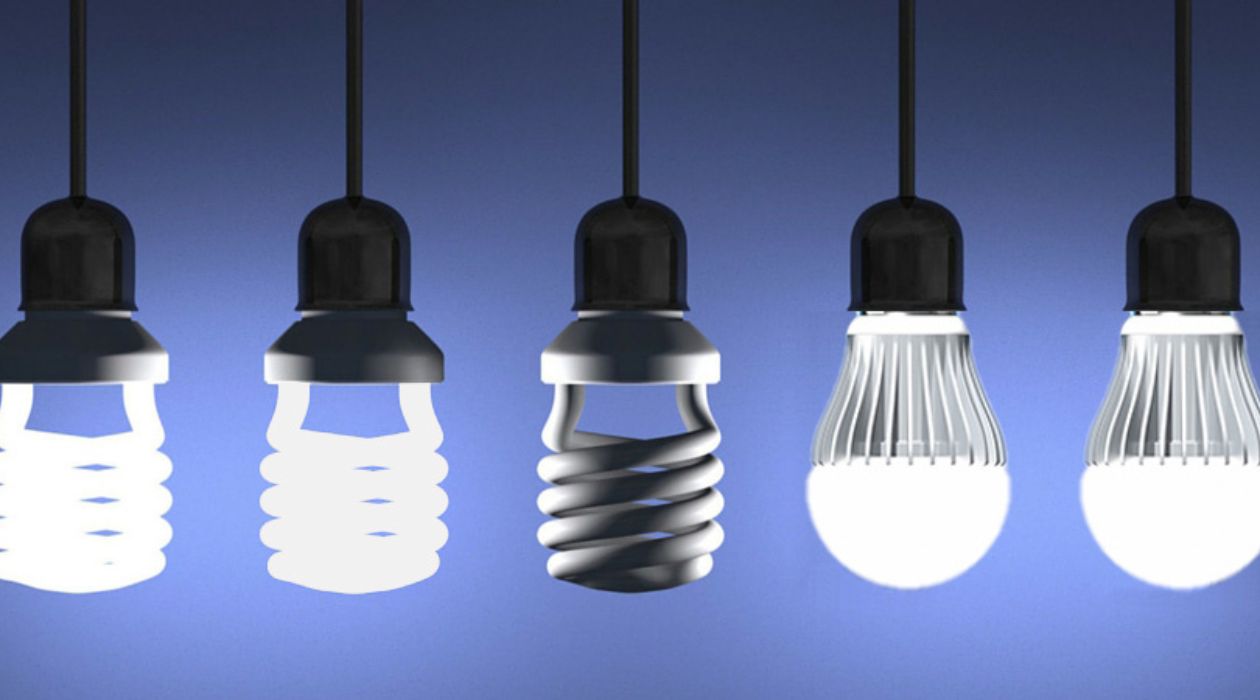



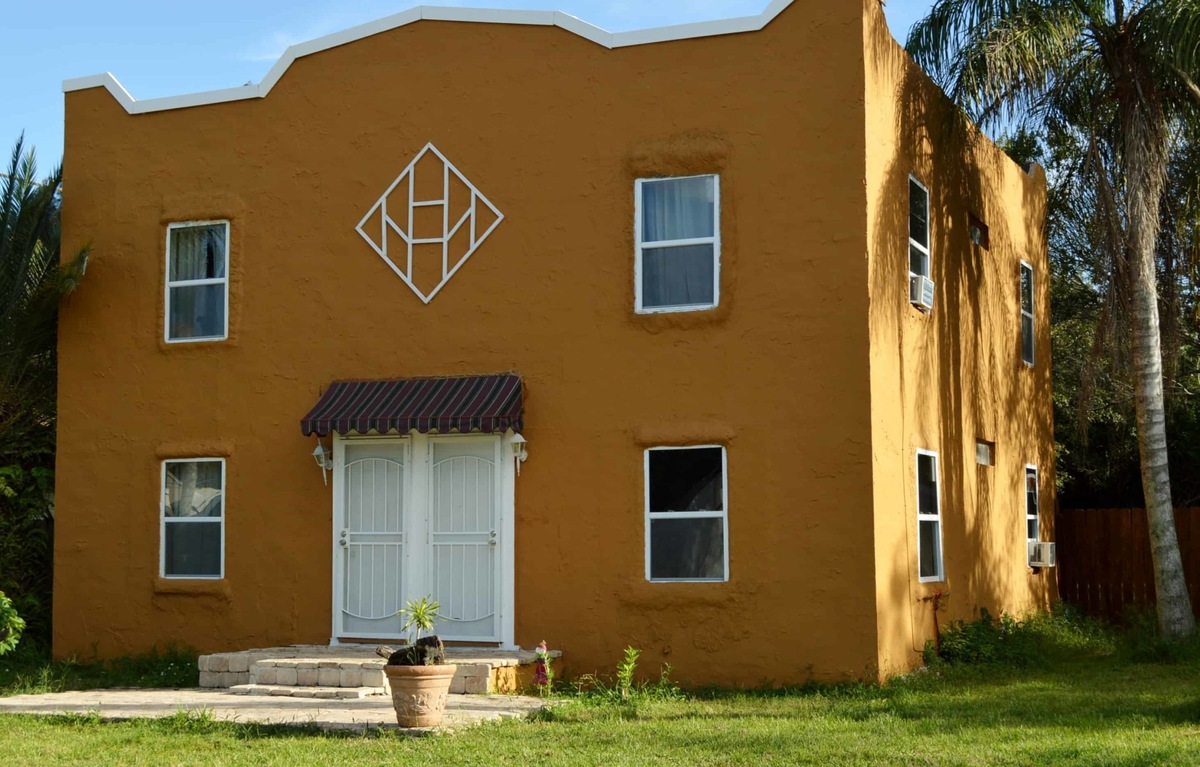

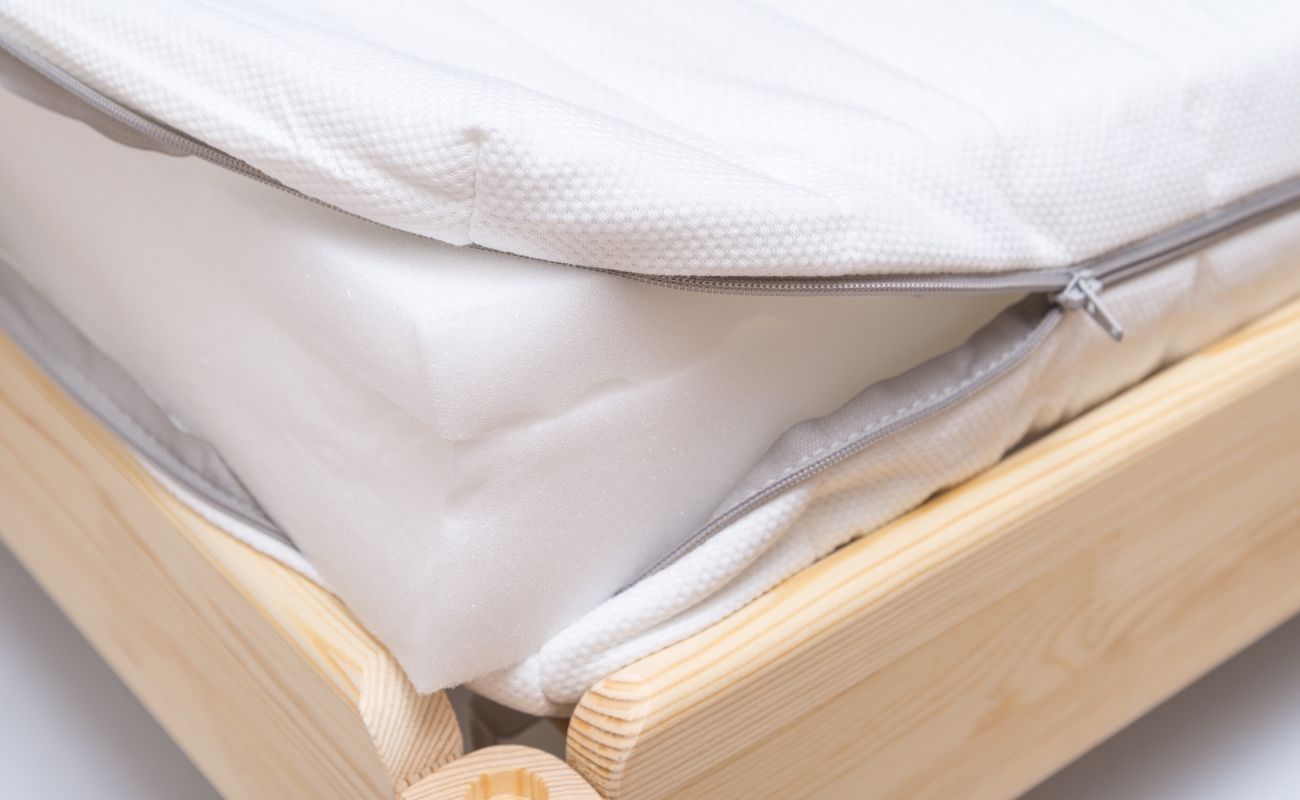
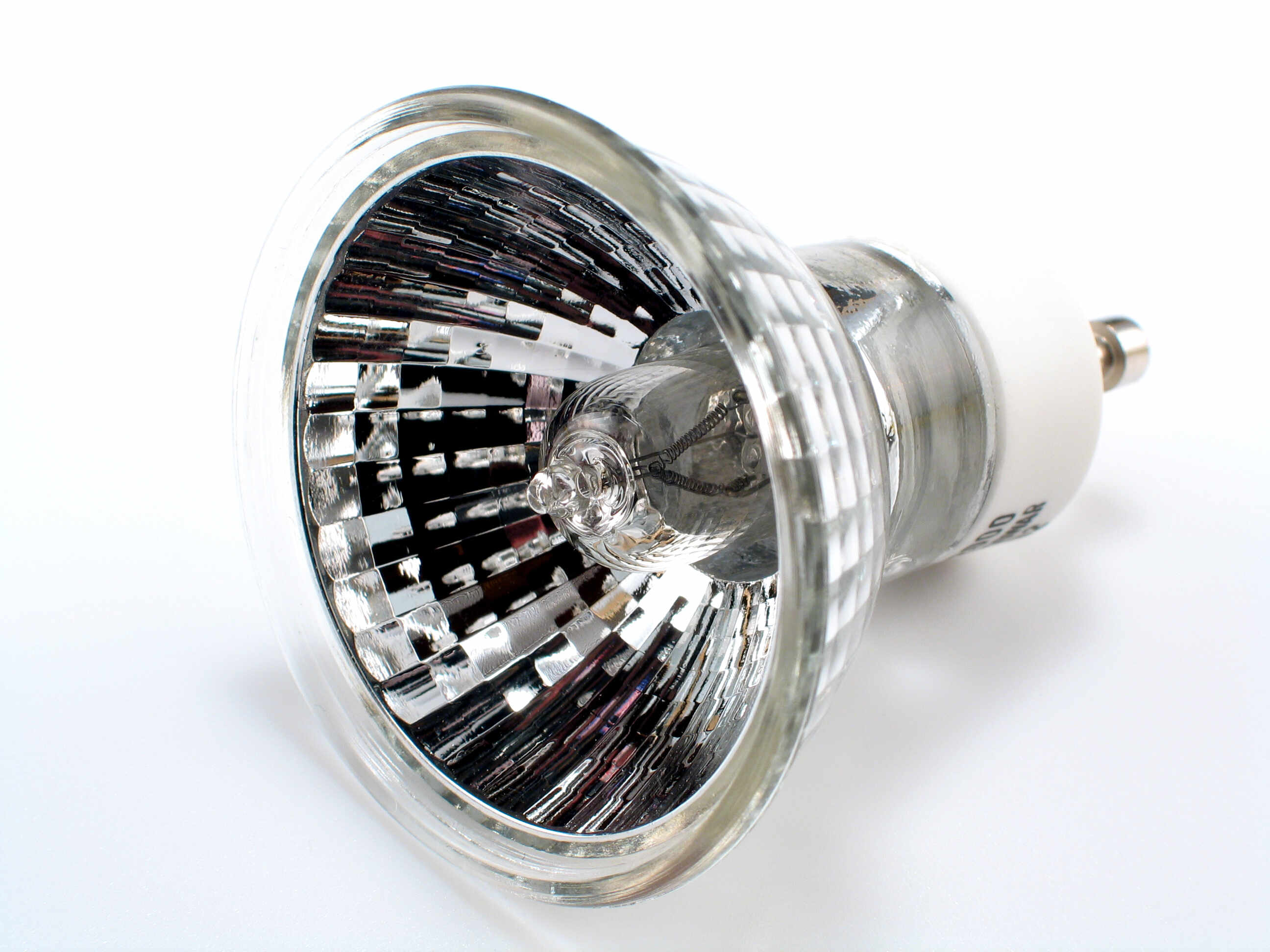



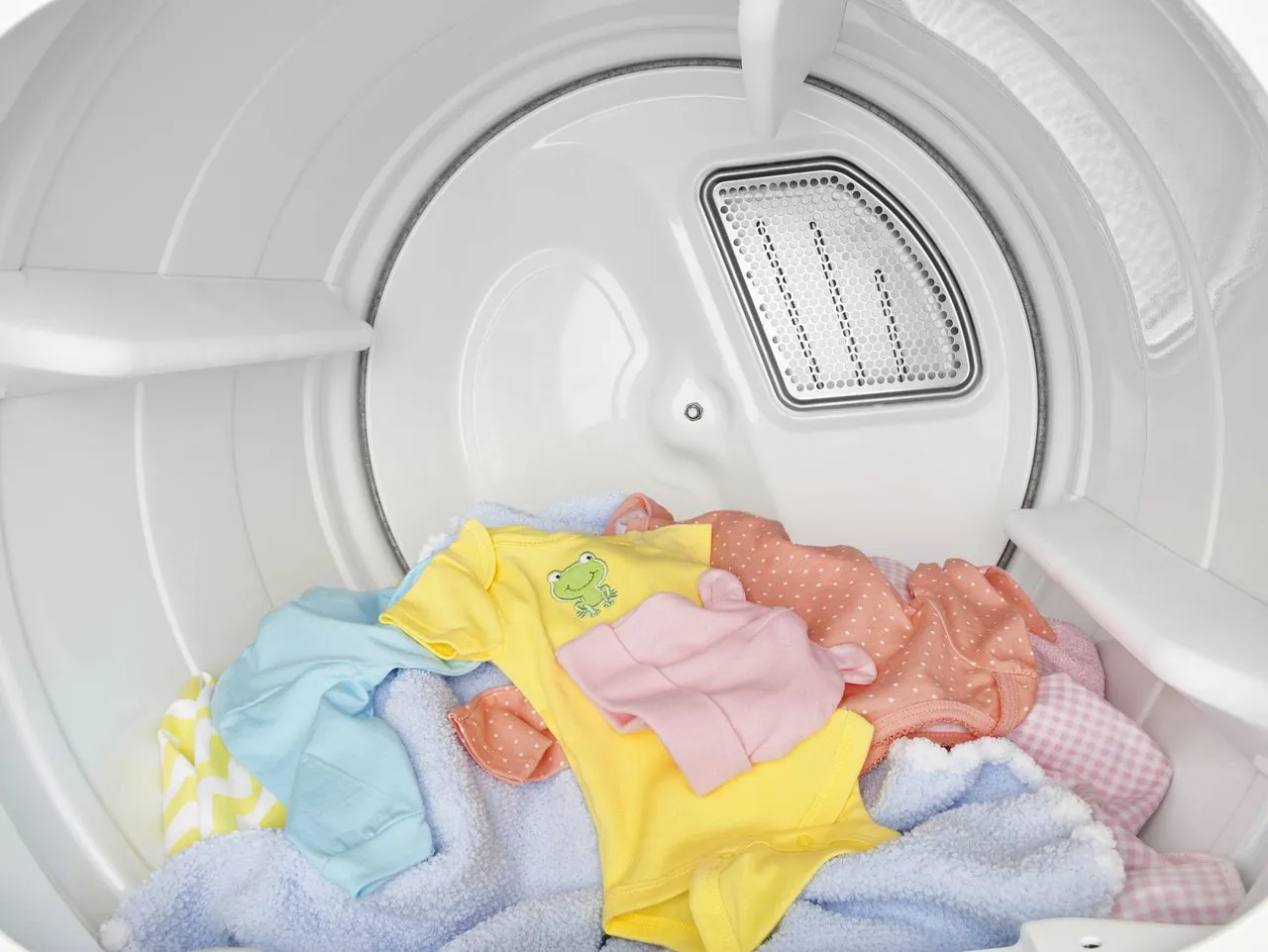
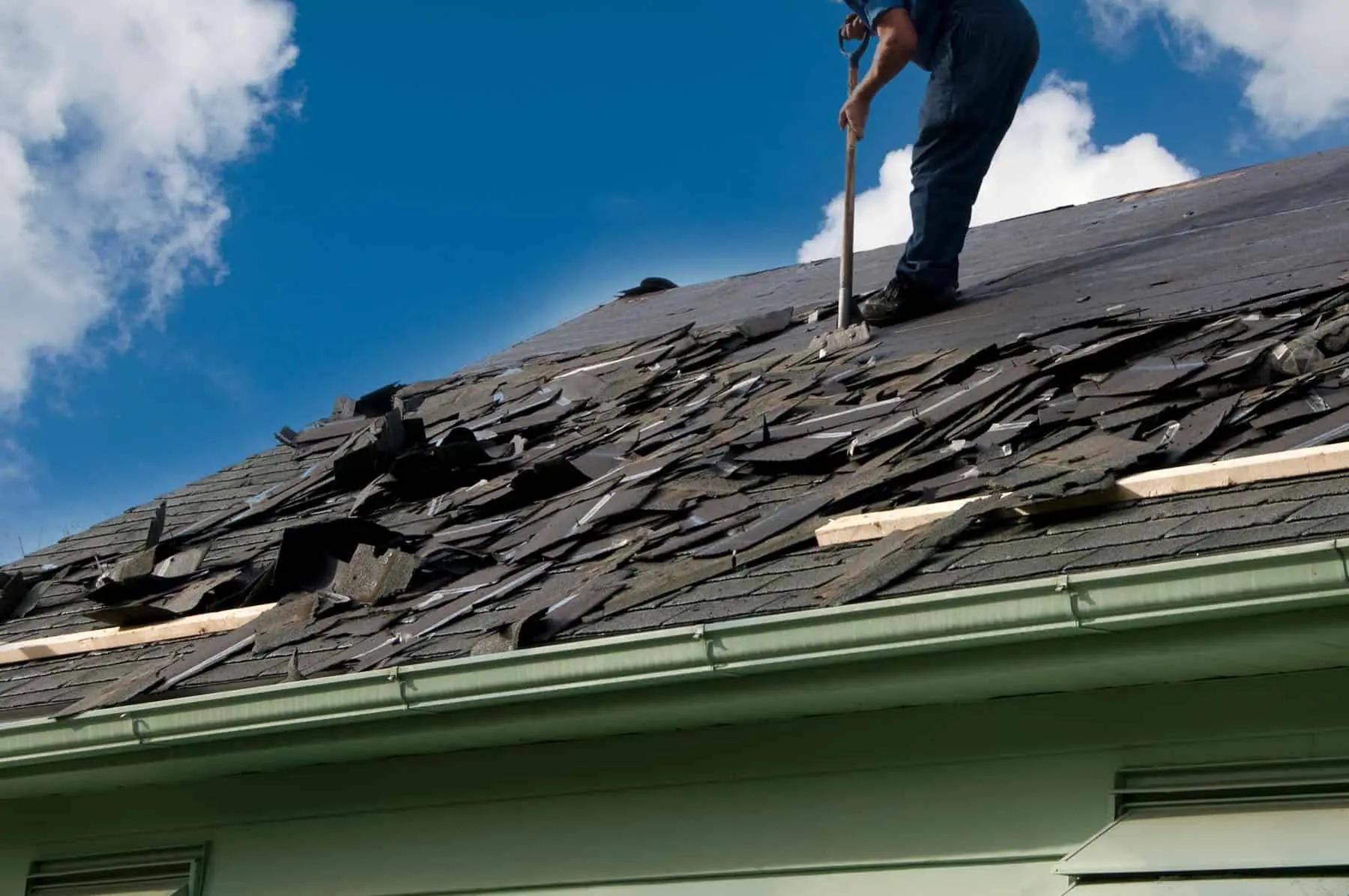
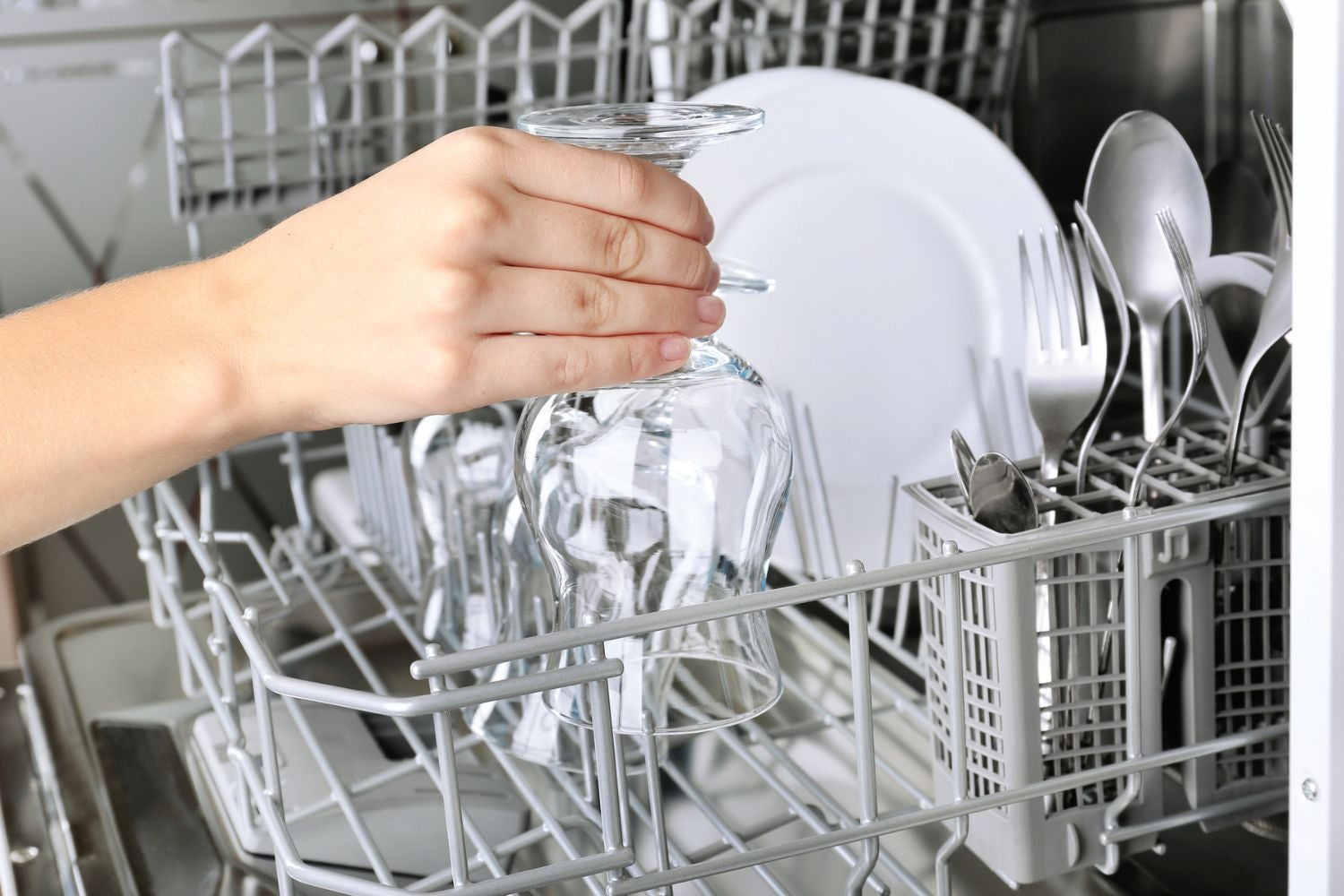

0 thoughts on “How Long Does A Halogen Bulb Last”